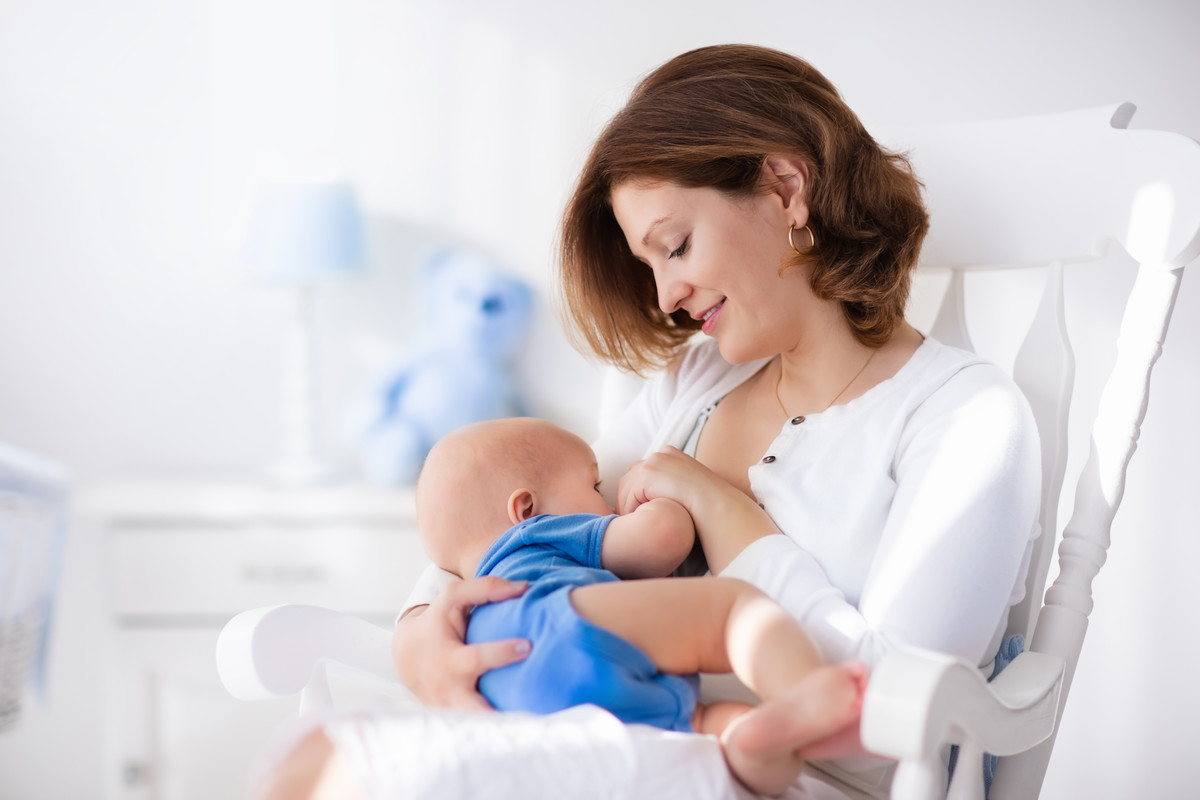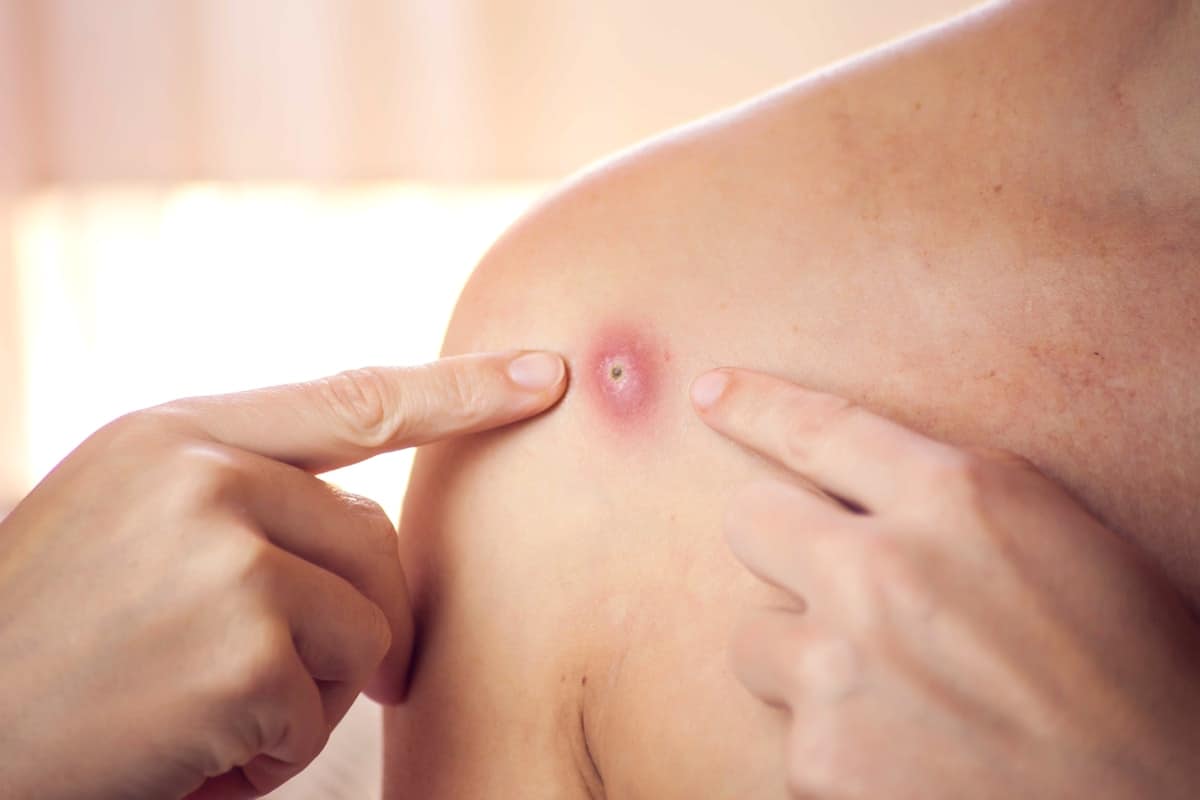Back to school, how to protect your child from infection with the crape spread among children

A few days separate us from the start of the new school year, happy new school year everyone, there is nothing more beautiful than the return of young children to school, after a long vacation, the mother breathes a sigh of relief after a long summer dreaming of having some quiet moments and some time for herself, but, all that comfort that Every mother dreams of it, a few nightmares, the biggest of which is the spread of infection in schools and the transmission of diseases among children easily, so how do you protect your child from all those diseases and germs that are spreading, despite the pollution of the environment and children’s neglect of the rules of hygiene and adequate prevention? Nothing can stop the germs around us But the following measures can greatly protect your child:

Keep your child away from smokers and people with a cold, and the cold virus can be transmitted up to three meters after an infected person sneezes.
Ask your child to wash his hands frequently, especially after blowing his nose.
Ask your children to cover their mouth and nose when sneezing or coughing.
Do not leave children using the same towels and eating utensils, especially in cases of cold.
Do not let the child use another baby wipe.
Research has not yet confirmed that vitamin C or zinc can prevent or reduce a cold or a cold, and the same is true for alternative medicine drugs with little research on them in children, so do not give your child any of these medicines except after the doctor’s advice.
How long will a cold, cold or flu last in a child?

Cold and cold symptoms appear two to three days after a child is exposed to the infection. Most cases last one to two weeks.
-treatment:
Only time can cure a cold and a cold. Medicines cannot cure a cold, but they relieve annoying symptoms, such as headaches and nasal congestion.
You can give the child analgesics and antipyretics (paracetamol or ibuprofen). It is not recommended to give aspirin to children under 12 years old.
As for nasal decongestants that are given orally, they are of little benefit, and may cause some irritation and rapid heart rate in the child, especially those who are under two years of age.

When infected, how do you relieve the symptoms of the disease:
Wash the child's nose with the physiological saline solution several times a day (it comes in the form of a spray).
Wet the baby's room with steam, and avoid very hot or cold water.
Grease the child's nose from the outside with petroleum jelly to reduce irritation.
Do not give antitussive drugs only after consulting a doctor.
The bath is useful during the cold to relieve muscle pain, contrary to the popular belief that the child should not be exposed to the bath.
Increase fluid intake in the child's meals, but not the type of cola or caffeine that increases diuresis.
Let your child rest as much as possible.
When should you consult a doctor?

When do you go back to the doctor?
The doctor is not going to try to find out which virus is causing the child's cold. But he may do a nasopharyngeal swab to rule out the bacterial cause of the disease.
You should see a doctor in the following cases:
If the child does not improve within three days while the temperature persists, to exclude sinusitis accompanying the cold sometimes.
If the child does not improve within a week despite the absence of temperature, to rule out allergic rhinitis.
If the child has a cough with difficulty breathing and wheezing.
If the child has a persistent cough accompanied by a lot of sputum or phlegm.
If the child feels sleepy and inclined to sleep.
If the quantities of feedings decrease in the infant.
When the temperature reaches more than 39 degrees Celsius, especially in infants.
When pain appears in the chest or upper abdomen.
The appearance of enlarged lymph nodes in the neck.
When the appearance of pain in the ears for fear of otitis media.







